On Thursday 18 April 2024, Cool Heating Coalition director Delia Villagrasa joined other EU advocates for clean heating and cooling to meet with Irish energy minister Eamon Ryan and his team Paul Kenny and Tony Collins in Dublin.
The group discussed recommendations for an EU-level heating and cooling decarbonisation action plan endorsed by a number of Cool Heating Coalition members and aligned stakeholders.

The Cool Heating Coalition is happy to take note of some important policy accomplishments in Ireland with regard to clean heating.
Decarbonising buildings is a major feature of Ireland’s ambitious Climate Action Plan, whose targets include cutting emissions from residential buildings by 40%, from commercial/ public buildings by 45%, with a pathway to zero emissions new builds and further ramping up of retrofit/renovation programmes. The Irish government aims to:
- Ramp up deep retrofitting to 120,000 homes by 2025, jumping to 500,000 by 2030.
- Put heat pumps into 45,000 existing and 170,000 new homes by 2025, up to 400,000 existing and 280,000 new homes by 2030.
- Generate up to 0.8 TWh of district heating by 2025 and up to 2.5 TWh by 2030.
For the housing stock as a whole the energy use per dwelling in 2022 was 20% less than in 2012 and CO2 emissions per dwelling fell by 33%. This was achieved through a combination of energy efficiency and renewable energy retrofits, as well as good progress with decarbonisation of the electricity system.
Minister Ryan’s Department, through national energy agency SEAI, supported 48,000 energy efficiency home retrofits in 2023. Of the homes upgraded, 17,600 were deep retrofits and almost 5,900 were for energy-poor homes receiving free energy upgrades.
It is also worth noting that, driven by increasingly stringent building regulations and a clearly signalled path to zero emissions, there is a substantial shift to electrification of heat. In this regard, the decarbonisation of the electricity supply grid is significant with carbon intensity of the grid falling from 532 g/kWh in 2012 (and 750 g/kWh in 2002) to 332 g/kWh in 2022, a fall of 38% in the past 10 years or so and a fall of 56% over the past 20 years.

